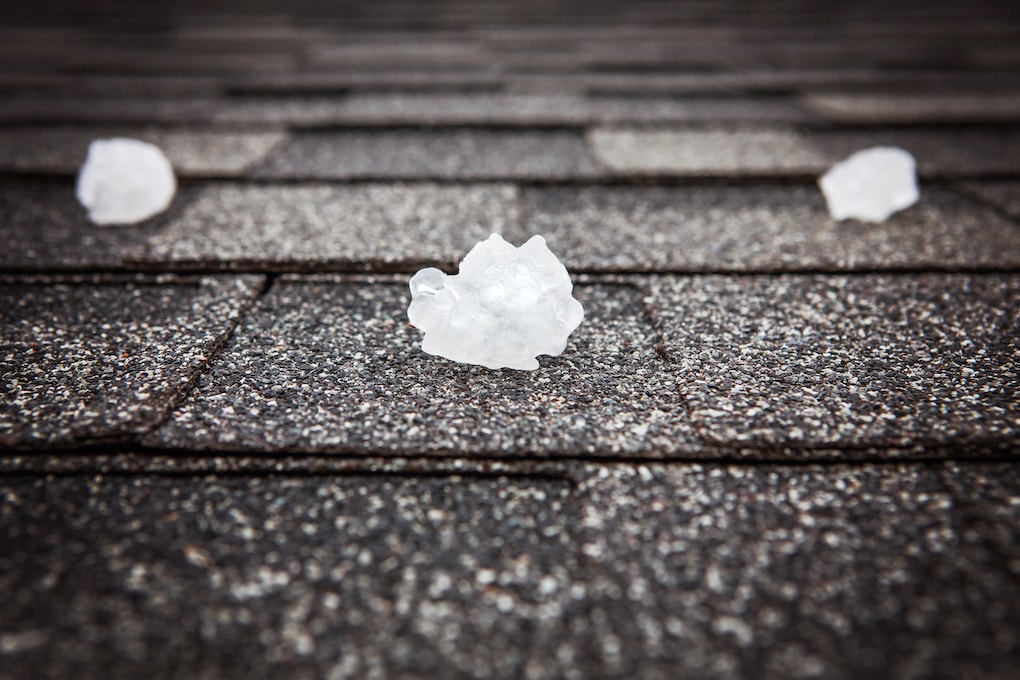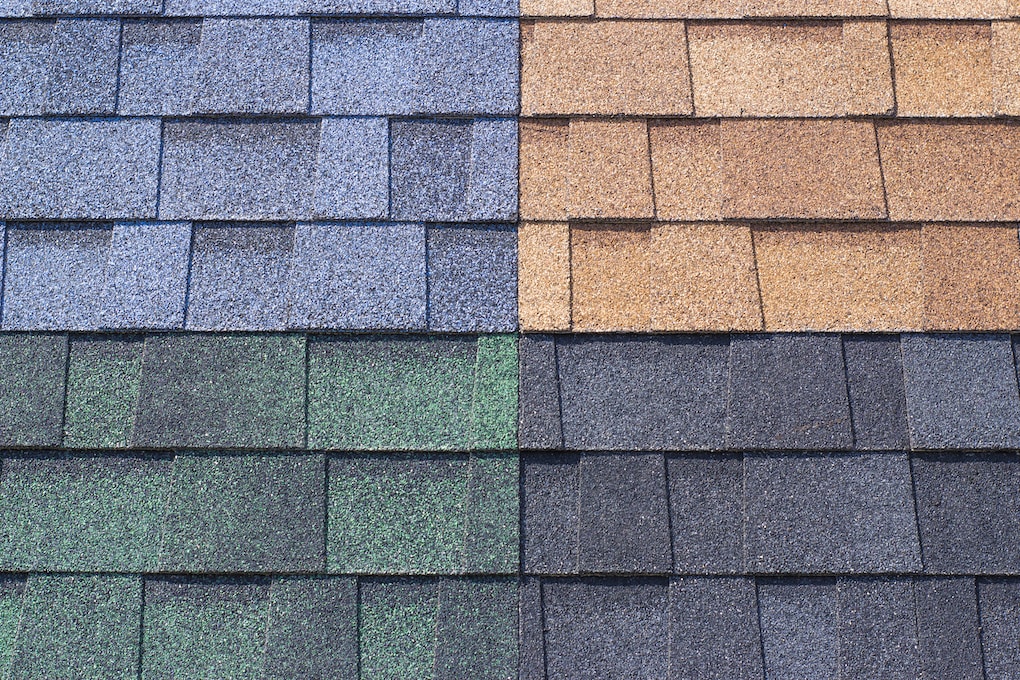If you’ve ever had roof damage due to large hail or debris pummeling your roof, then you know the pain of having to get your shingles repaired as soon as possible.
What if we told you there was a shingle that could mitigate, if not eliminate, the risk of damage from hail impact? It’s true.
Impact-resistant shingles are an excellent investment for homeowners who want more protection against hail and strong winds.
The primary benefit of impact-resistant shingles is that they can reduce the chances of damage from hail and debris. And while this may not seem like such a big deal if you’ve never faced such damage, when you do the math on just how much money an impact-resistant roof could save in repairs over its lifetime, you’ll quickly see why so many people want them.

What Does Impact Resistant Mean?
Impact-resistant shingles are designed to withstand the impact of hail and windborne debris, which are often thrown up by severe weather events like tornadoes, hurricanes, or hail during a thunderstorm.
They’re made from a very durable fiberglass mat that’s highly resistant to tearing and cracking when things hit your roof at high speeds.
And because these products are so strong, they’re also able to absorb the impact of hail. But the important thing to note is that these shingles are impact resistant, not impact proof.
Many people have tried to argue that their shingles still lose granules during a hail storm when they thought it would be unscathed. This is true—your shingles may still lose granules or show some effect of damage, but the difference between impact-resistant and standard shingles is that these are far less likely to crack due to impact. The granules may slough off, but the integrity of your shingle remains.
What are Class 4 Shingles?
While impact-resistant shingles are classified as class 4, there are still three other classes that can indicate how strong a shingle is against impact. Class 4 is the highest classification and indicates that these shingles withstood nearly 2-inch diameter steel balls dropped from 20 feet with little to no damage.
These Underwriters’ Laboratory tests help isolate conditions to determine how much force and size of debris can hit a shingle before it cracks. The four ratings are as follows:
- Class 1 shingles can withstand steel balls that are 31.8 mm or 1.25 inches in diameter.
- Class 2 shingles can withstand steel balls that are 38.1 mm or 1.5 inches in diameter.
- Class 3 shingles can withstand steel balls that are 44 mm or 1.75 inches in diameter.
- Class 4 shingles can withstand steel balls that are 50.8 mm or 2 inches in diameter.
As you can see, the results of impact-resistant shingles show that it’s highly unlikely your shingles will be damaged during a hail storm. Of course, 2-inch hail is quite rare, but in areas that face strong winds that blow heavy debris, you can ensure your roof is safe by investing in such shingles.
The Pros and Cons of Impact Resistant Shingles
So far, impact-resistant shingles are sitting in the first place when it comes to mitigating storm damage. However, despite their many benefits, there are also some downfalls to impact-resistant shingles. Here are the pros and cons compared to these premium shingles.
Pros of Impact-Resistant Shingles
- Reduces the change of damage from hail and debris
- Last longer than standard shingles
- Highly durable against strong winds and heavy rainstorms
- Saves money on repair costs
- It prevents having to file insurance claims after severe storms
- Come in a variety of colors and styles

Cons of Impact-Resistant Shingles
- Expensive upfront costs
- Aren’t 100% damage-proof
Are They Worth the Investment?
Now we need to answer whether the high upfront costs of impact-resistant shingles are worth it. The answer depends.
Impact-resistant shingles can cost up to double the cost of standard asphalt shingles. Depending on the size of your home, that can be a hefty price tag.
While there are some cons to impact-resistant shingles, they will last longer than standard or premium options. That means you won’t have to spend money on repairs in the future after being hit by a strong storm.
The overall verdict is that impact-resistant shingles are worth the investment if you live in an area where severe weather occurs regularly. Of course, they’re more expensive upfront, but they also save money down the road and prevent trouble in future storms when your roof might be damaged otherwise.
If you find yourself facing recurrent storm damage or roof repairs, it might be time to consider something more durable. If you work with Apple Roofing for your roof replacement, we can do a thorough inspection and offer you our best recommendations for your home and budget. Contact us today to get started!

